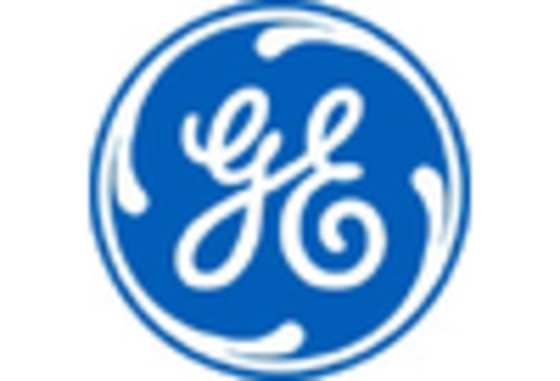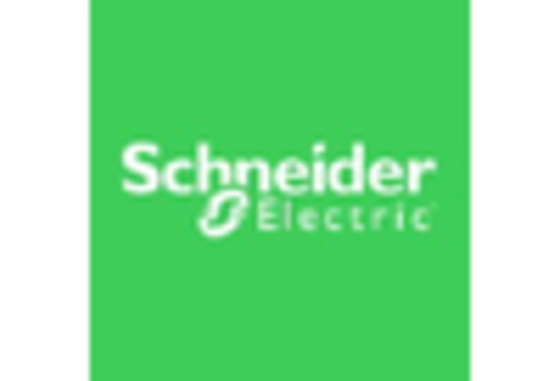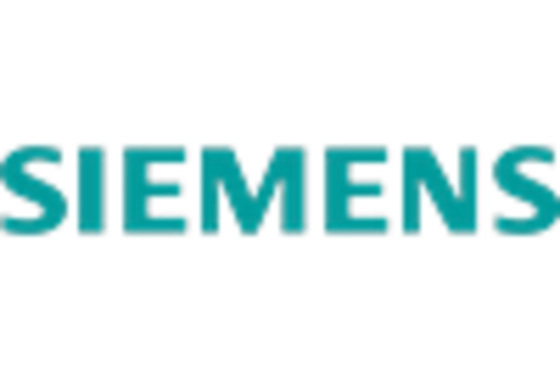Rising Demand for Energy Efficiency
The increasing emphasis on energy efficiency is a pivotal driver for the Residential Voltage Regulator Market. As consumers become more conscious of their energy consumption, the demand for devices that optimize voltage levels to reduce energy waste is surging. According to recent data, energy-efficient appliances and systems are projected to grow at a compound annual growth rate of approximately 8% over the next five years. This trend indicates a robust market for voltage regulators, which play a crucial role in maintaining optimal energy usage in residential settings. Furthermore, regulatory bodies are implementing stricter energy efficiency standards, compelling homeowners to invest in voltage regulation solutions that not only enhance performance but also contribute to lower utility bills. Thus, the intersection of consumer demand and regulatory pressure is likely to propel the Residential Voltage Regulator Market forward.
Integration of Smart Home Technologies
The integration of smart home technologies is transforming the Residential Voltage Regulator Market. As households increasingly adopt smart devices, the need for reliable voltage regulation becomes paramount. Smart home systems often require stable voltage levels to function optimally, and fluctuations can lead to malfunctions or damage. The market for smart home devices is expected to reach USD 174 billion by 2025, indicating a substantial opportunity for voltage regulators that can seamlessly integrate with these systems. Moreover, advancements in IoT technology allow for real-time monitoring and control of voltage levels, enhancing user experience and energy management. This trend suggests that manufacturers of residential voltage regulators must innovate to meet the demands of a tech-savvy consumer base, thereby driving growth in the market.
Government Incentives for Energy Management
Government incentives aimed at promoting energy management are significantly influencing the Residential Voltage Regulator Market. Various initiatives, including tax credits and rebates for energy-efficient home improvements, encourage homeowners to invest in voltage regulation solutions. These incentives not only lower the upfront costs associated with purchasing voltage regulators but also enhance the overall appeal of energy-efficient technologies. For instance, programs that support the installation of energy management systems are gaining traction, with some regions reporting a 15% increase in participation year-over-year. As these incentives continue to evolve, they are likely to drive greater adoption of residential voltage regulators, aligning consumer behavior with broader energy conservation goals.
Increased Frequency of Power Quality Issues
The rising frequency of power quality issues is a significant driver for the Residential Voltage Regulator Market. With the growing reliance on electronic devices and appliances, households are experiencing more instances of voltage sags, surges, and harmonics. These power quality problems can lead to equipment damage and increased energy costs. Recent studies indicate that power quality disturbances can result in losses amounting to billions annually for consumers. Consequently, homeowners are increasingly seeking solutions that can mitigate these issues, such as voltage regulators that stabilize and improve power quality. This heightened awareness of power quality is likely to stimulate demand for residential voltage regulators, as consumers prioritize the protection of their investments in electronic equipment.
Growing Awareness of Voltage Regulation Benefits
The growing awareness of the benefits of voltage regulation is a crucial driver for the Residential Voltage Regulator Market. As consumers become more informed about the impact of voltage fluctuations on their appliances and energy bills, the demand for voltage regulation solutions is expected to rise. Educational campaigns and resources provided by energy companies are playing a vital role in this awareness. Reports suggest that households equipped with voltage regulators can experience energy savings of up to 20%, making these devices increasingly attractive. This heightened awareness is likely to lead to a more informed consumer base that actively seeks out voltage regulation solutions, thereby propelling the market forward.

















Leave a Comment